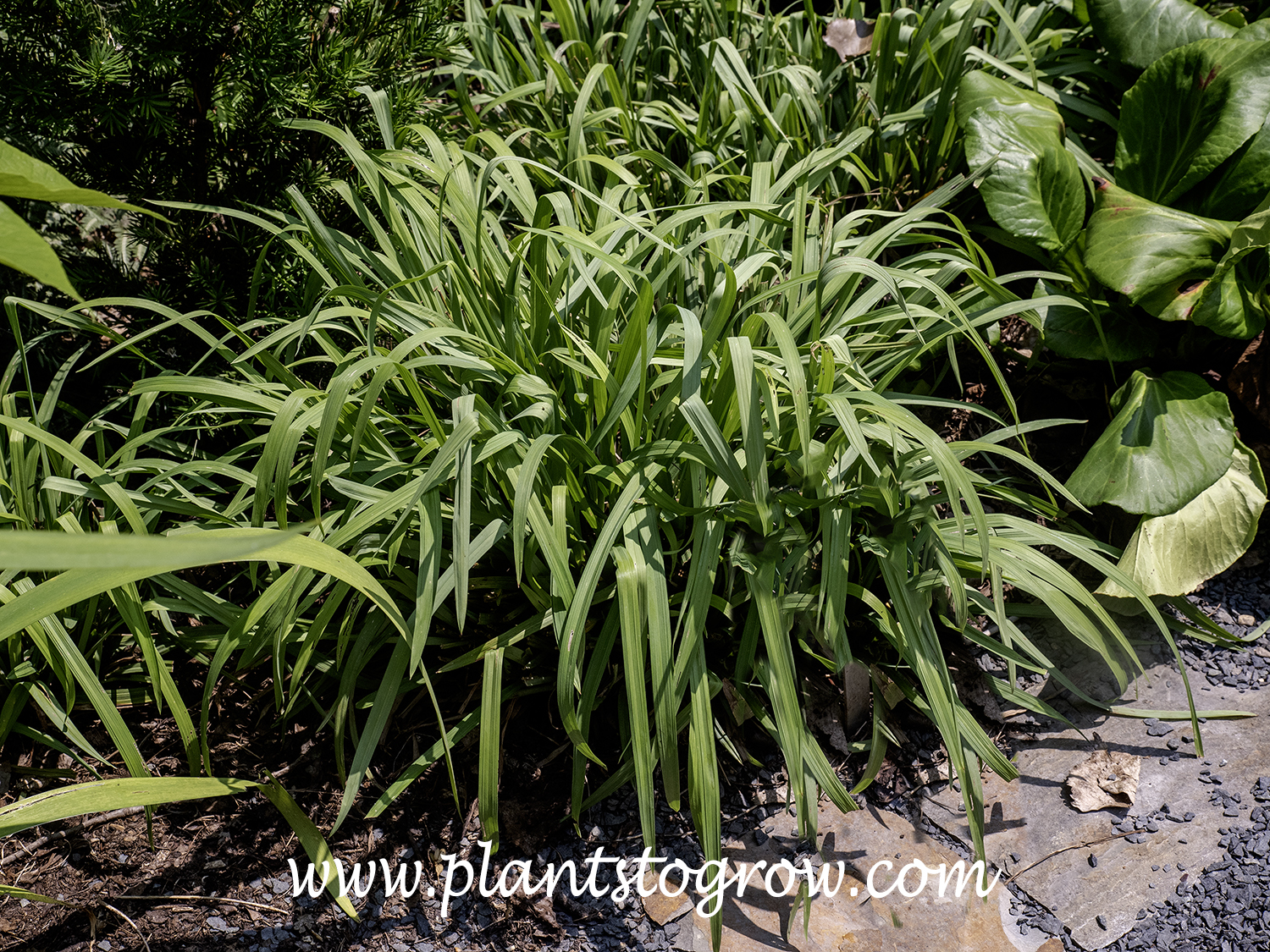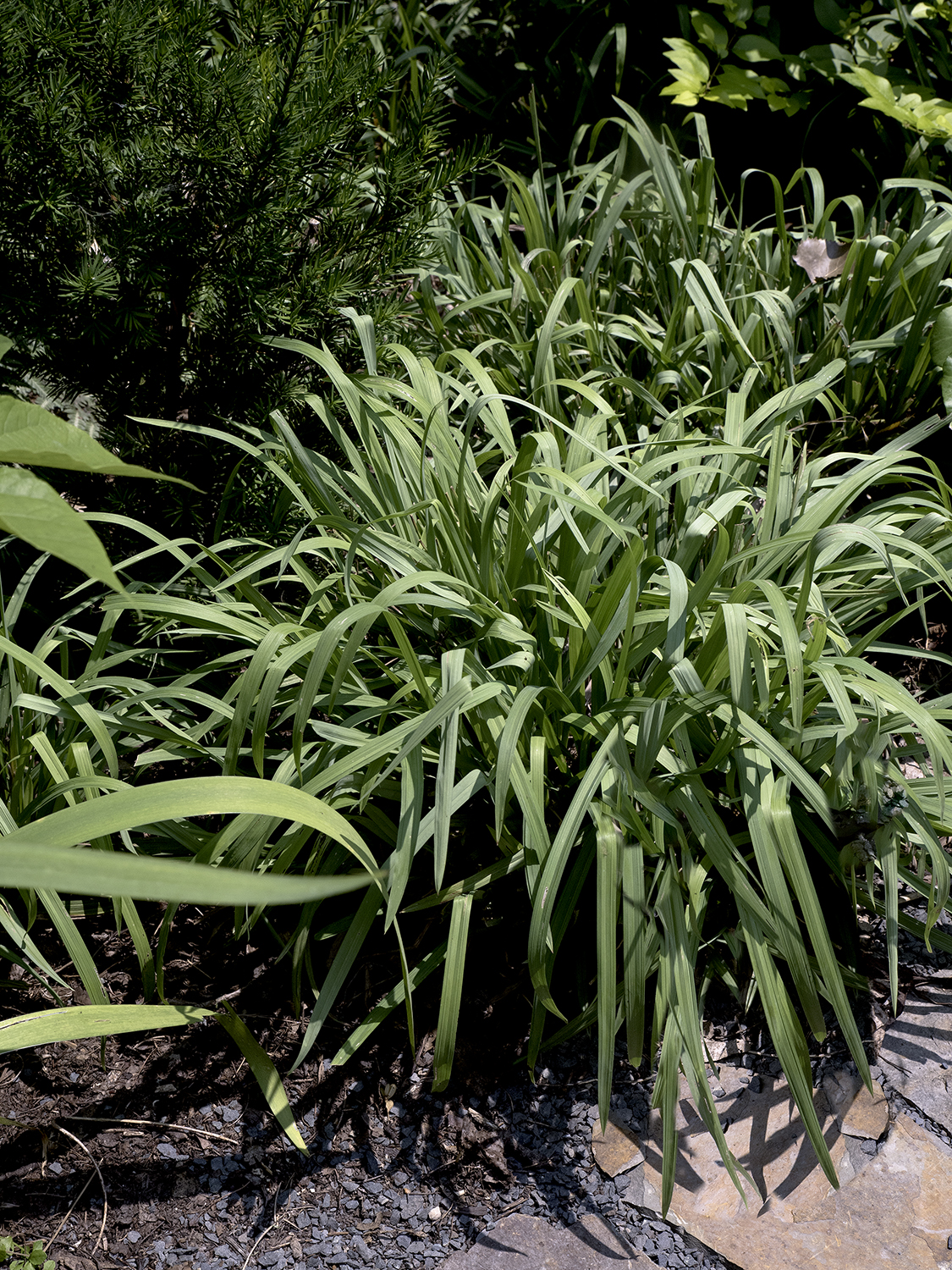| Description | Blue Wood Sedge (Carex flaccosperma) is a clumping sedge best in shaded, moist woodland gardens. Leaves are grass-like and range from glaucous green to bluish-green. |
|---|---|
| Pronunciation | (KAIR-eks) (flay-koh-SPER-ma) |
| Plant Type | Sedge and Rush |
| Hardiness Zone | 5-8 |
| Sunlight | shady, bright |
| Moisture | moist, average |
| Soil & Site | moist, wet, well-drained |
| Flowers | insignificant, greenish-white flowers in spring |
| Fruit | Borne on thin stems, these flowers may flop over and can be pruned to tidy up the plant. |
| Leaves | narrow, grass-like, glaucous to blue-green, evergreen in warmer climates |
| Stems | spreads slowly by rhizomes |
| Dimensions | forms clumps 6-12 by 6-12 inches |
| Maintenance | cut back in the early spring |
| Propagation | division, seeds |
| Native Site | Southeastern North America |
| Misc Facts | The species name refers to the seed heads hanging down (flacco-hanging down and sperma-seed) |
| Author's Notes | Although I have encountered this plant a few times in botanical gardens, I have never grown it. While I have seen plants with very blue foliage online, I have yet to come across any in person. The plants I have observed had a glaucous blue hue. Even in Rock Drake's book, the images depict the plant as glaucous blue rather than blue. Also, the Mt Cuba Center website images are glaucous green, not blue. I have read that this plant has different varieties, such as Carex flaccosperma var flaccosperma and Carex glaucodea. . Or maybe the color depends on the time of the year or the growing environment. I find this to be a botanical conundrum, at least from my perspective. |
| Notes & Reference | #144-Missouri Botanical Gardens website (www.missouribotanicalgarden.org), #203-North Creek Nursery (www.northcreeknurseries.com), #103-The Color Encyclopedia of Ornamental Grasses (Rick Darke) |

Cart


